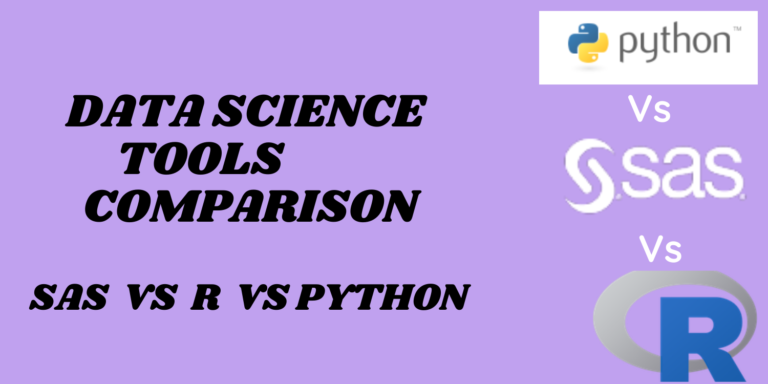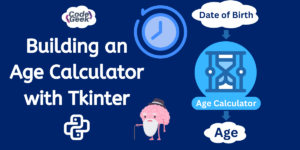Data is the fuel to the digital world nowadays. The volume of data has been significantly increased. The issue which is faced by the industry is that it is not always structured. Data mining and filtering are required for well-structured data which is used for business decisions. The business decisions are taken based on past data and trends. Big e-commerce and other companies are making huge profits based on the principle of data analysis.
Therefore, Data Analysis has become an essential part of the industry. Data Analysis is used to show the trend and patterns of existing data or markets. These visualizations are in form of bar charts, pie charts, scatter graphs, histograms, and others. The visual appearance of a data pattern is easy and handy for businesses to understand the market trend and make a better decision.
Machine learning has also become popular. The machine is trained to perform or behave in a particular way based on past data trends. Amazon’s recommendation engine is an example of it.
There are many languages available for Data Science and Analytics such as SAS, R, and Python. Since Data analysis is making an impact on business decisions, a Data Analyst career has become a good choice for aspirants. But, the question is which languages and tools should be chosen for better career opportunities.
Let’s have a look at an overview of major three tools Python, R, SAS
Python:
It is a high-level programming language that is popular due to its robustness and simplicity. It is an open-source language that provides many libraries for statistical operations on data with better visualizations. Many giants such as Google, Quora, and Reddit use python.
SAS:
SAS is the leader in the field of data science. SAS as an analytical tool provides a variety of statistical operations, good GUI. It also provides good technical support. Nestle, Barclays, Volvo, and HSBC are a few examples of big companies that use SAS. It is not open source so expensive.
R:
R is open-source and free. It is a low-level language and highly extensible. It provides the best visualization.
Let’s try to figure out the comparison among three Python, SAS, and R So that you can decide which option is better for different scenarios.
Comparison among SAS, R, Python
| Factors | SAS | R | Python |
| System | Closed Source so does not support transparent functionality. | Open Source so support transparent functionality. | Open Source so support transparent functionality. |
| Cost | SAS is the most expensive software in the world. | Free | Free |
| Graphical Capabilities | Basic graphical capabilities | Best graphical capabilities among the three | Better capabilities |
| Accessibility | Being a closed source, you need to buy products for SAS advanced features. | Being open-source, you can upgrade new features for free. | Being open-source, you can upgrade new features for free. |
| Technical Support | SAS as a licensed software provides good dedicated technical support to its users. | No technical support as it is open source. But, R has a big online community which can be a helping hand. | No technical support as it is open source. The online community of its users is available for help but not instant help. |
| Learning | Easy to learn if you know SQL. It has a good stable GUI. | Being a low-level language, lengthy codes are required for short procedures as well. You should have good knowledge of coding in R. | Easy to learn but do not has GUI. But, Jypter Notebook is popular to work on python. |
| Agility | SAS is accessible only by the SAS Institute. Only the SAS developers are allowed to produce any new features hence it takes a lot of time. | Thousands of contributors for R, hence any up-gradation is easily available to its customers. | Thousands of contributors for Python, hence any up-gradation is easily available to its customers. |
| Job Trend | SAS is a paid and expensive product. So only big companies use SAS. Career opportunities will be available for big and selected organizations. | R is free and open-source so start-ups can afford it. Hence career opportunities will be more as start-ups and big organizations both use it. | Python is free and open-source so start-ups can afford it. Hence career opportunities will be more as start-ups and big organizations both use it. |
| Visualization | SAS Visual Analytics tool is available but it is costly. | Many visualization tools are available for free. | Many visualization tools are available for free. |
| Data Handling Capacity | High | High | High |
| Analytic Modeling | SAS is the leader for Analytics features. A high level of analytic modeling is supported. | A high level of analytic modeling is supported. | A medium level of analytic modeling is supported. |
| Speed | Components can be picked directly because of its Drag and Drop feature. The coding part is not much worry. | Reduced speed as a low-level language | Fast speed as high-level language |
| Testing for New Updates | Being licensed software, a new version is launched periodically. It is well tested before launching.So there are hardly any chances for errors. | Being open-source, Extensive testing is not done so there are chances for errors in these updates. | Being open-source, Extensive testing is not done so there are chances for errors in these updates. |
| Deep Learning | Deep learning is at an early stage. | KerasR package is provided to interact with python Keras. | Deep learning is majorly supported by frameworks like Tensor Flow, Keras, and others. |
| Popularity | The most popular tool in the corporate world. It is used by most of the huge corporations for some aspect of their functioning. | Popular with statisticians and individual programmers due to flexibility and repositories. | Python has recently seen tremendous growth. It is predicted that it will become the most popular among the three. |
R and Python are open source technologies. These can be afforded by start-ups as well as big corporates. Therefore, there are huge career opportunities for R and Python experts in the field of data analytics.
SAS is a paid and expensive software, Still, It is the leader in the data analytics field. It provides a variety of data analytical functionalities.
Each tool and technology has its advantages and disadvantages. Open-source technologies are good for the long run. As a Data Scientist, you can opt for any programming language and tool which is best suited to your requirement. Currently, python demand is high. You can also get a chance as a freelancer with python. If you are fresher, you can opt for SAS as this is simple to learn. You can learn R or python for your career path if you are an experienced professional.
Now, you will have a clear idea about SAS, R, and Python as a data analytical tool. We hope that this article is going to help you to choose which data analytical tool is best suited for you as a data analyst role.





